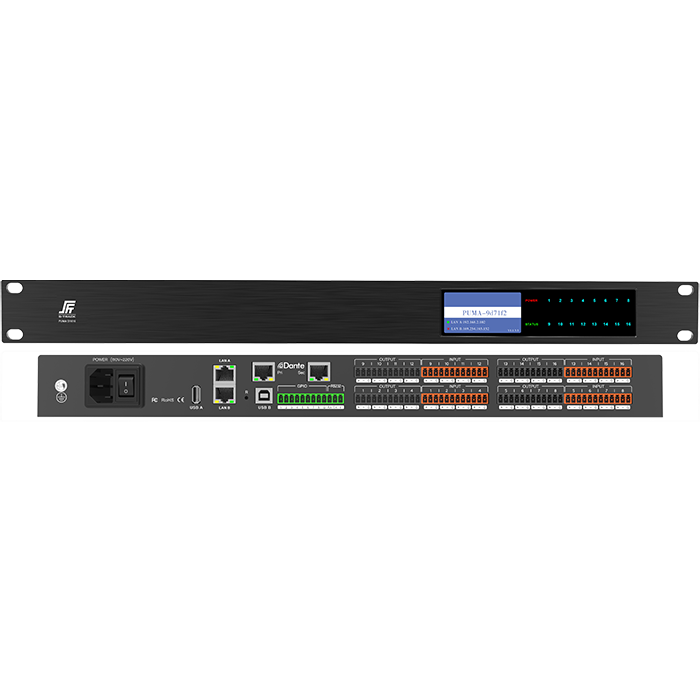
- English
- Español
- Português
- русский
- Français
- 日本語
- Deutsch
- tiếng Việt
- Italiano
- Nederlands
- ภาษาไทย
- Polski
- 한국어
- Svenska
- magyar
- Malay
- বাংলা ভাষার
- Dansk
- Suomi
- हिन्दी
- 繁体中文
- العربية
- Indonesia
- فارسی
- Eesti Keel
- Srpski језик
- Afrikaans
- icelandic
- беларускі
- Hrvatski
- ភាសាខ្មែរ
- ქართული
- Maori
- Тоҷикӣ
- O'zbek
- Հայերեն
- Lietuvos
- שפה עברית
- Pilipino
- Türkçe
- Gaeilge
- Norsk
- český
- ελληνικά
- український
- български
- ລາວ
- Latine
- Қазақша
- Slovenský jazyk
How Audio Processor works
2023-11-08
Audio Processor is a device or chip used to process audio signals. Its working principle can be summarized as the following steps:
Audio input: The audio processor first receives an audio signal from a microphone, audio interface, or other source. This input can be an analog audio signal or a digital audio signal, depending on the type of processor.
Analog to digital conversion (if required): If the input signal is analog, the audio processor converts it to digital form for digital signal processing. This step involves an analog-to-digital converter (ADC).
Digital signal processing: In the digital domain, Audio Processor performs various audio signal processing tasks, such as equalization, mixing, time domain processing, frequency domain processing, filtering, dynamic range control, etc. These tasks can be used to improve audio quality, enhance sound effects, or achieve specific audio effects.
Digital to analog conversion (if required): After digital signal processing is complete, the audio processor may need to convert the signal back to analog form for output to speakers, headphones, or other analog audio devices. This step involves a digital-to-analog converter (DAC).
Audio output: The final processed audio signal is output through speakers, headphones or other audio devices for people to hear.
Controls and Settings: Audio processors often feature a user interface or remote control that allows the user to adjust settings such as audio processing effects, volume, equalization, and more.
In short, the working principle of Audio Processor involves signal input, digital signal processing, output and control. It can be used in a variety of applications, including sound systems, telephone communications, music production, television and radio, teleconferencing, car audio systems, etc., to provide a high-quality audio experience or to achieve specific audio processing effects.




